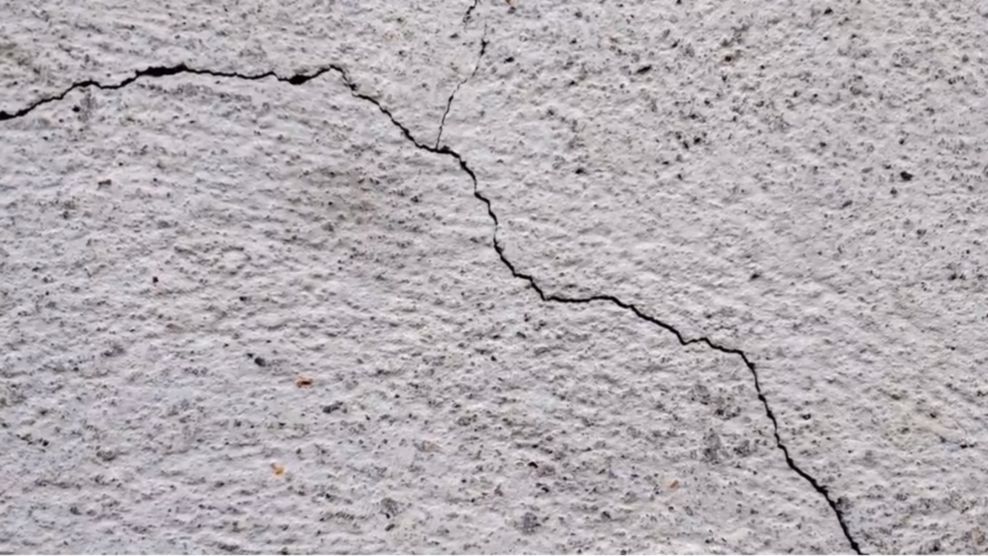When it comes to repairing damaged concrete, no job is too small. Repairing cracks and chips in concrete is an easy job with important benefits. Fixing that crack in the driveway or unsightly chip in the curb not only looks better, but it can also help prevent larger, more expensive damage from happening. Here are five key considerations when completing small concrete repairs.
5 key Considerations for Small Concrete Repairs
1. Identify the type of damage to the concrete
Identifying the exact type of damage is the first step in any repair project. Here are some descriptions of common types of concrete damage. Plastic-shrinkage cracks run to mid-depth in the concrete, are distributed across the surface unevenly and are usually short in length. Most often, they occur while concrete is curing because the surface of the concrete dries too rapidly relative to the concrete below. Hairline cracks are very thin in width but are typically deep cracks. They are caused by the settling of the concrete while it is curing and over time as conditions change. Due to their depth, these cracks can become larger after the concrete has hardened. Small pock marks, or scaling, in a concrete surface exposes the aggregate underneath. Once the damage is identified, you know what product you’ll need for the repair.
2. Collect the tools for the job
It depends on the product, but for most projects a nylon brush to clean the area of dust and debris is a must. You can also use a hammer and chisel to remove loose concrete before repairing. Pressure washing the area makes the preparation more thorough but allow the area to dry completely before applying any repair materials. Some products come in a squeeze bottle and can be applied without additional tools or a simple putty knife to smooth the surface. For others, you will need a trowel to mold, trim and smooth the material.
3. Choose the right concrete repair product for the job
For cracks in concrete ranging from 6 mm (¼ in) to 13 mm (½ in) deep, use Sakrete Concrete Crack Filler. It can be used in interior and exterior applications, including slabs, walkways and driveways, and it protects from water penetration. Bonus: this product can be painted with latex-based paints. For applications ranging from 6 mm (¼ in) to 50 mm (2 in) in thickness, use Sakrete Fast-Patch. It has a high strength of 5,000 psi and sets in about 20 minutes for the rapid repair of cracks in concrete surfaces.
4. Set realistic expectations
Repaired concrete typically doesn’t match the original color of the concrete. The color of concrete is dependent on the elements at the time of mixing and the conditions when it was poured. Concrete fades over time, so getting an exact match in color on a repair project is nearly impossible.
5. Don’t delay simple repair work
Water is your enemy, and every rain shower, freeze and thaw or snowstorm that occurs can further intensify the concrete damage. Procrastination can turn a simple job into a bigger, more expensive project, so proactive concrete maintenance and repair saves time and money in the long run.
"Don’t hold off on repairing damaged concrete. "


